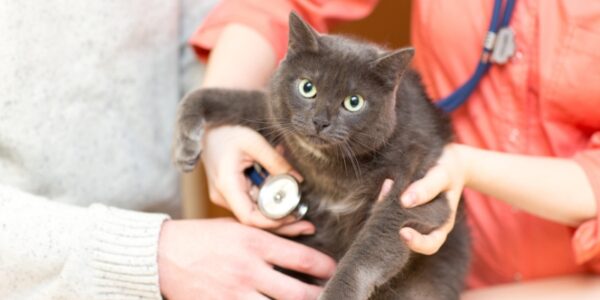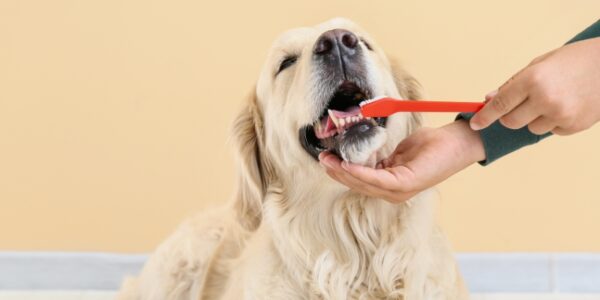
Night frights with New Pups
The first few days with a new pup can be a nightmare and particularly trying to get the little hair-ball to sleep through the night.
Getting some sleep
How do you do it? Do you ‘tough love’ the pup and force it to stay in the laundry or outside or do you ‘spoil the pup’ and let it sleep inside, knowing that’s not what you really want?
Let’s look at it from the pup’s perspective. All it has known is its mum, its litter mates and the people who tenderly bred the little wriggler.
As total strangers, you whisk the pup away from the comfort of its litter and throw it into hostile territory – and you expect it to be happy???
Spoil the pup and let it sleep inside!!! Worry not, as you can always get it to sleep outside later.
The first nights
The first priority is to get the pup acquainted with its new home and your new routines but, above all, to make it settled and happy. That’s why you let it sleep inside.
Human company is the important ingredient, so let the pup sleep in your bedroom for the first few nights.
Perhaps you can put the pup in a cage or crate beside your bed. Maybe you can barricade it into a corner of your bedroom or perhaps you can borrow a baby’s play pen to house the pup at night.
The pup will settle more quickly if it eats a meal just before bed and has a comfortable basket or box to sleep in.
Use the ‘Sock-it-to-em’ principle. Mimic its mum’s heartbeat by placing a ticking clock (not easy to get nowadays) in its box and then make it a ‘virtual litter mate’. Get one of your smelly socks. Fill a second sock with a cup of raw rice that you have heated to a safe temperature in the microwave. Place it and several other old socks inside the smelly one and leave this virtual pup with your little buddy to mimic a litter mate. Make sure the rice-sock is not too hot and is seated deep inside the virtual pup.
Alternatively, you can purchase plush toys that have a beating, ticking heart for your pup to snuggle up to.
Conditioning to its night-time abode
Having weathered the first few nights, now we need to move the pooch to its permanent night-time abode. This we do progressively and with a smattering of science to help the process.
Say you want the pup to sleep in your laundry at night. The first task is to make the pup love the laundry. Let’s make the laundry into its ‘Den’.
To do this, associate all the pup’s peak joys in life with the laundry. For instance, feed the pup in the laundry. As you will be feeding it four times a day, that gives the hair-ball plenty of practice to learn to love the laundry.
Better still, feed the pup in unusual ways. Try hiding some food inside a toilet roll core or under an empty plant pot so the pup has to steam-clean his little brain working out how to get to the food.
While it is eating, lock the pup inside the laundry with its food so that the joy of the food is linked with being confined. Once this happy association has started, try putting the pup in the laundry for longer times during the day but don’t expect too much at the start.
If it is noisy, use the ‘Progressive Praise Technique’ to control the noise. At the very first squeak, tap the closed door of the laundry and instruct your pup to be QUIET, but don’t be too gruff.
This should ‘buy’ you five seconds of silence. Praise the pup through the closed door and that should buy you a longer quiet time of, say, 15 seconds. Now reward this longer time with more praise by opening the door and giving the pup a brief cuddle. Close the door once more and if the pup is quiet for a further 15 seconds, then let it out as a reward.
As the pup learns, make the confinement times longer. In no time at all, you should be able to put the pup in the laundry overnight.
Pheromone fun
Next, use the settling science of furry pheromones to help. The Dog Appeasing Pheromone is available from your vet and is a wonderful way of helping a pup to acclimatise to a new home.
The Dog Appeasing Pheromone (DAP) is a synthetic equivalent of the pheromones released from the pup’s mum. These pheromones bond the pup to the mum when the pup is only seven days old and the effect follows into adult life. The DAP is a convenient plug-in diffuser. Place it in a power-point where the pup sleeps and the pup should bond to that area quickly.
Don’t forget to have your pup checked by your vet to ensure he or she is fit and healthy. You can also get the latest advice on worming, vaccination schedules, flea and tick treatments and join a puppy pre-school class as soon as the first vaccination is given. Here you will learn the tools to set your pup up for a happy, harmonious life with your family.



